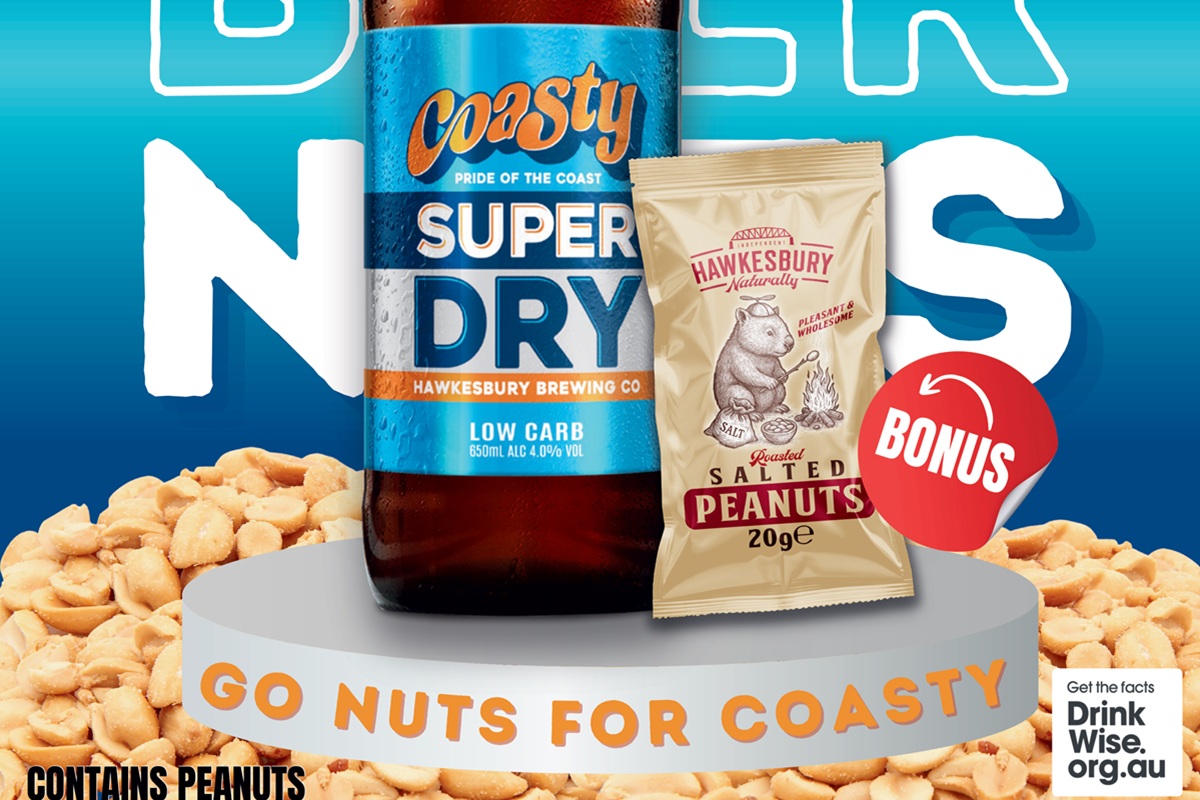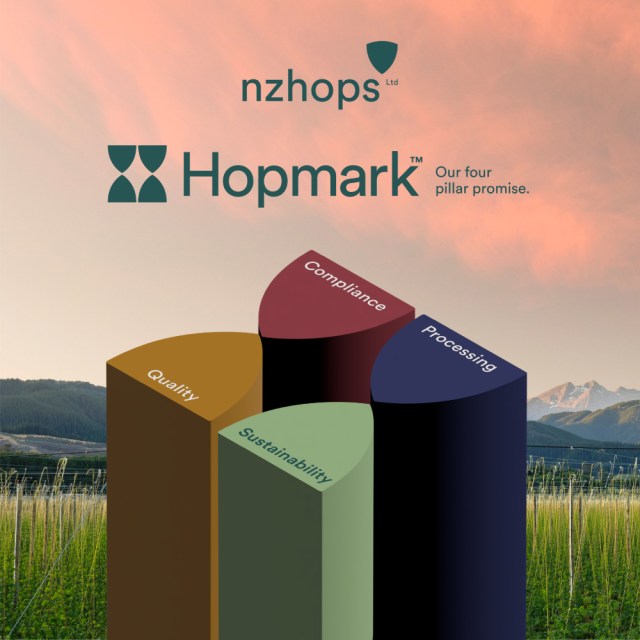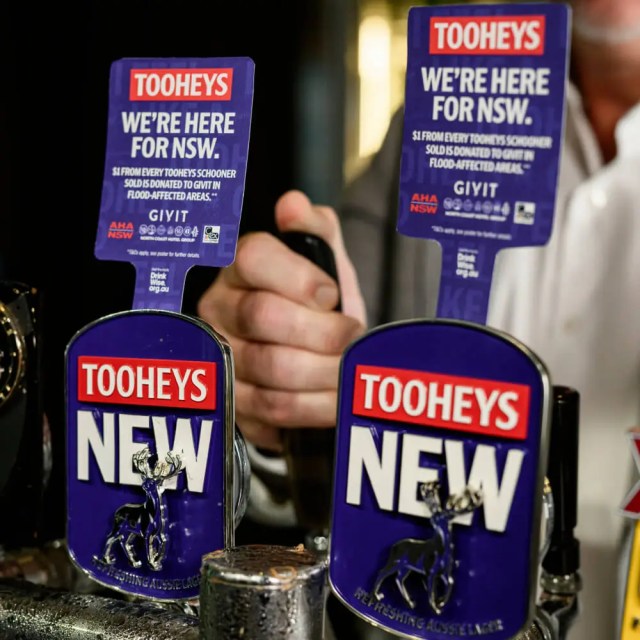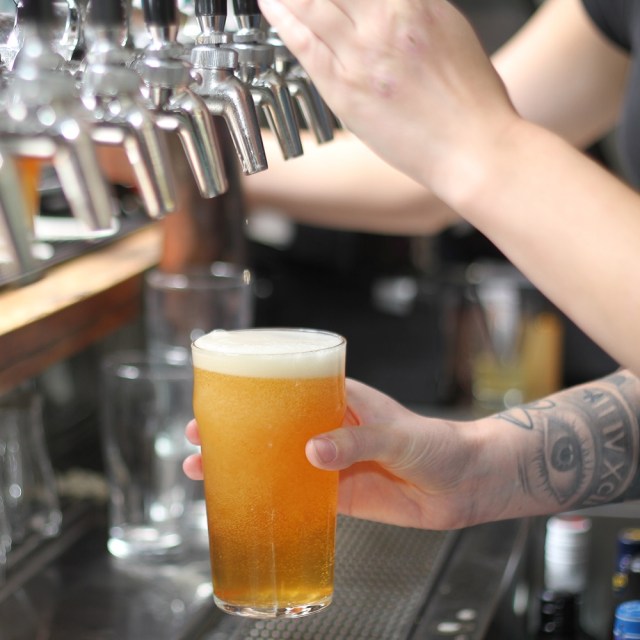My recent article on American Stout and its coffee-like flavour got me thinking about coffee and chocolate beers in general. I was going to do an article on that, then remembered I had done one back in 2022 and sure enough, it’s still available here in the archives.
So, no point in repeating that topic. But I was still thinking about a chocolatey stout, and that reminded me of my Chocolate Cherry Dunkelbock recipe! Except that recipe doesn’t actually have chocolate in it, just chocolate malt… well, we can fix that, can’t we?!
Here is a key point about brewing with chocolate: the less fat and oil in the chocolate, the longer the flavor stability in your beer. Fat and oil are also bad for head retention. So, for these reasons, cocoa powder is better for brewing than cocoa nibs. Even though you may be tempted to think that more natural or less refined is better, it’s not in this case.
Quality cocoa powder is simply de-fatted cocoa nibs. There are two kinds – natural and Dutch processed. Both are fine for brewing and there is no significant difference between them for our purposes. It diffuses and suspends best when added towards the end of the boil. In fact, it would be a good idea to pre-boil the powder in some water (ex. 2:1 water to cocoa weight), so that you can pour a syrup into the boil that will disperse more easily. It is also good to remove any hops that you have added, so you don’t lose your cocoa to the trub at the end of the boil. Be sure to put your hops in a hop bag for the boil and remove them before adding the cocoa powder or syrup.
As for the amount to add, 10-20g per liter is typical. Assuming a 10 liter post-boil volume, this would be about 200 grams of powder. Preboiling this in 400 ml of water (microwave) and stirring that syrup in the last 15 minutes to end of the wort boil will help it disperse evenly and prevent it from settling out with the trub.
Let’s move on to the fruit. The basic rule of thumb for fruit additions one pound of fruit per gallon of beer. This number can vary depending on the strength of flavour of the fruit. Cherries and raspberries are fairly strong, whereas peaches and strawberries are rather weak, and you would probably want to use twice as much. Raw fruit generally needs to be pasteurised to prevent wild yeasts from contaminating your batch. Raw fruit also benefits from being crushed or frozen before use, to break up the cell walls and make the sugars more accessible to the yeast. It can be added at the end of the boil to pasteurise it for 15 minutes or so.
A pasteurised puree or juice can be added directly to the fermenter. If you are adding a lot of fruit, like 30 per cent or more of the gravity points, then you should wait and add the fruit towards the middle or end of the fermentation. (The second or third day of rapid bubbling in the airlock.) Too much simple sugar (the sucrose, glucose, and fructose) at the start of fermentation can make the yeast lazy, and they will not ferment the maltose. So, let them eat most of the maltose first, and then add the simple sugars later to make sure it all gets fermented. However, for this recipe, the fruit is only about eight per cent of the total sugars, so it won’t affect the yeast behaviour.
This recipe will use tart cherry juice concentrate, which is approximately 75 per cent solids (compared to 80 per cent solids for malt extract syrup). The gold standard for sugar solutions (like fruit juice) is pure sucrose (white table sugar) because it contributes 100 per cent of its weight as soluble extract. If you mix one pound of sucrose in enough water to make one gallon of sugar solution, you would have a specific gravity of 1.046, and thus we say that sucrose has an extract value of 46 points per pound per gallon.
This can be translated to points per kilogram per liter by the combined conversion factor of 1 PPG = 8.3454 PKL, and therefore sucrose has an extract value of 384 PKL. The cherry juice concentrate therefore has an extract value of about 75 per cent of sucrose, or 288 points per kilogram per litre. The recipe calls for 10 gravity points of cherry juice in our post-boil 10 litres of wort, so 288PKL = 10 points • 10 litres/X kg. Solving for kilograms = 100/288 = 0.347 or about 350 grams. You could use more or less as desired. These 10 points equate to about eight per cent of the fermentables, so it is roughly the same flavour contribution as the chocolate and caramel malts.
Here is the recipe:
Chocolate Cherry Dunkelbock
Original gravity: 1.072
Final gravity: 1.020
BU: 33
ABV: 7 per cent
Grain bill Gravity points
2.2 kg Vienna malt 29
1.1 kg Munich malt 14
350 g C80 malt 5
350 g Chocolate malt 5
Boil gravity for 12 L 1.053
Mash schedule
Strike Water Volume 15 Liters
Strike Water Temperature 70°C
Hop schedule Boil time IBUs
15g Nugget 12% AA 60 40
(Chocolate syrup) — 15 —
(Cherry juice) — 0 —
Yeast strain Pitch Fermentation temp.
34/70-type lager yeast 1.5 pkgs 66°F (18°C)
Brewing Water: 15 liters distilled water plus 3 g CaSO4, 3 g CaCl2, 4 g NaHCO3, or tap water, treated appropriately to achieve a calcium concentration near 100 ppm (as Ca++) and a residual alkalinity near 85-100 ppm as CaCO3.
Procedure:
- Heat 15 liters of water in the 20 liter kettle to 70°C.
- Immerse the grain bag and drape the top over the sides of the kettle. Use the spoon to open it up fully. Pour in the crushed grain and stir thoroughly to break up any lumps. See Figure 1.
- Check the temperature, the mash temperature should settle at about 67°C. Anywhere from 65-68°C is fine. Cover the mash with the lid and let it sit for a half hour.
- After a half hour, stir the mash a couple times and check the temperature. If it has fallen below 60°C, then lift the grain bag off the bottom and turn of the heat for a couple minutes. Turn the heat off, stir, and check the temperature again. Cover an let sit for another half hour.
- At the end of the hour, lift the grain bag clear of the wort and let it fully drain. You may want to stick a colander or strainer underneath the bag to support it or draft of your children to hold it for you.
- You now should have 11.5 liters of wort at your boil gravity of about 1.053. Begin the boil, and add your first hop addition. Boil it for 60 minutes and then remove the hop bag.
- Add the chocolate syrup and boil for another 10-15 minutes. Add your cherry juice and stir thoroughly before chilling.
- Cool the wort using an immersion chiller or by covering and letting cool overnight. Pour the chilled wort into your fermenter.
- Pitch one and a half packages or about 16 g of dry 34/70-type lager yeast and let it ferment at 13-15°C for three weeks. It will probably be done bubbling after one week but give it another two weeks to maturate and help the yeast to settle before bottling. Good Luck!











